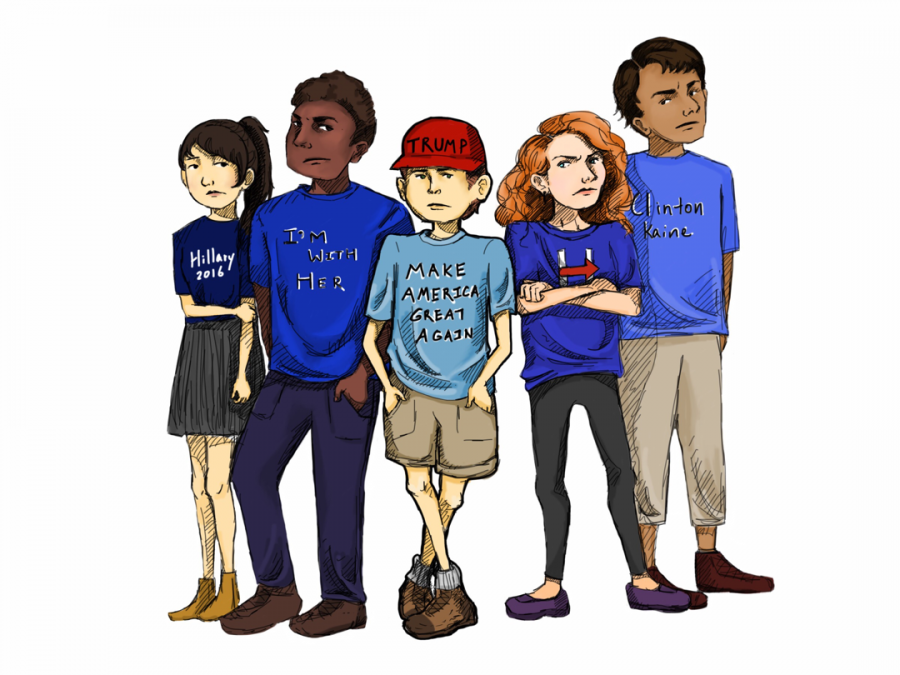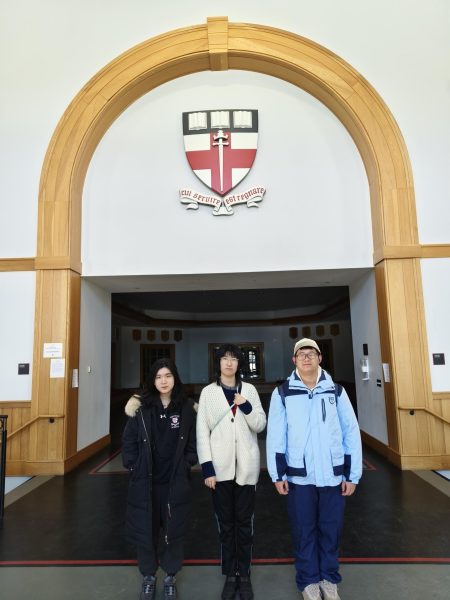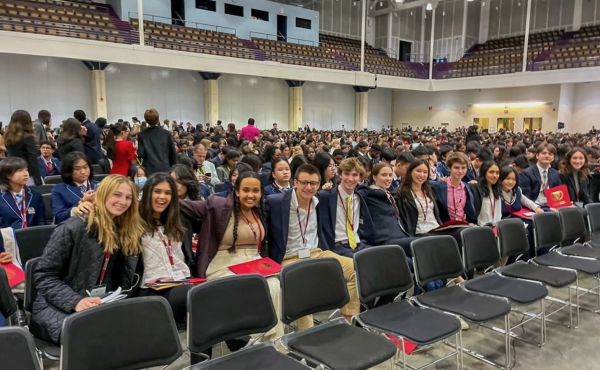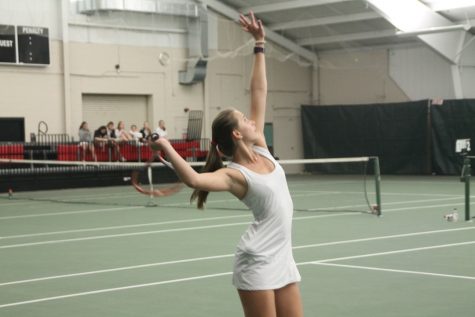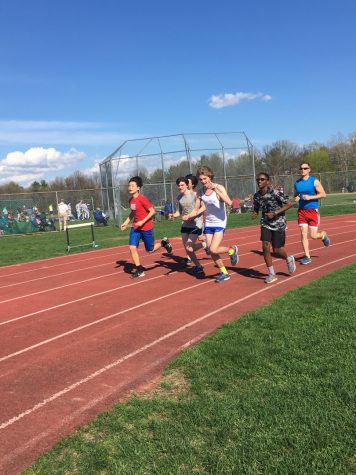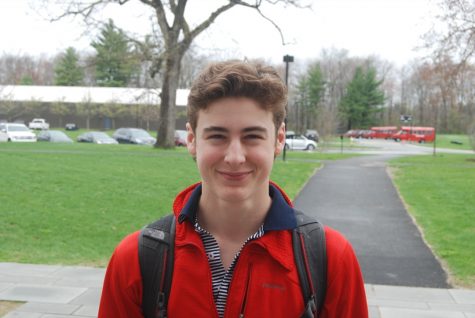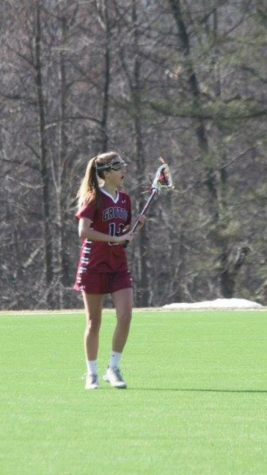Turbulent election Trumps unity on campus
In the midst of the United States’ current hyper polarized political climate, which reached its climax in the turbulent and often vitriolic presidential election season, people are feeling a range of emotions. Some are overjoyed, some are outraged, but few are indifferent. The Circle is no exception; the unusually divisive nature of the election gave the Circle new challenges to deal with. A large body of left-leaning students were strongly disappointed with Trump’s election, and many students found themselves at odds with those of political views different from their own. With time and discussion, however, much of this ill sentiment has passed. Most major news outlets called the election for Donald Trump in the early hours of Wednesday November 9th. Trump is projected to have bested Democratic nominee Hillary Clinton in the presidential race by seventy-four Electoral College votes, and is slated to take office after his inauguration in January of 2017. Many, including a not-insignificant amount of moderate Republicans, have found issue with his campaign for its far-right stances on immigration, traditionally conservative views on gay marriage, and negative generalizations of certain ethnic and religious groups. Most election analysts had previously predicted Clinton to win the election – the Princeton Election Consortium, for ex- ample, gave her a 99% chance at one point of winning. To many, Trump’s victory was a surprise. Groton, as many private educational institutions, especially New England boarding schools, leans strongly to the left. In the 2015-16 school year The Circle Voice performed a survey of 323 students and faculty asking their political affiliation and preferred candidates. A mere 23% of students identify as Republican, while 40% and 37% identify as Democrats and unaffiliated, respectively. Groton’s adults tip the scale yet further to the Democrat side. Not a single faculty member identified positively as Republican; however, this data is skewed by the fact that only a little over thirty faculty members filled out the survey. Those who did respond were split between unaffiliated and Democrat in roughly equal measure, though leaning slightly towards the latter. Only 7% of all surveyed listed Trump as their preferred candidate for the Presidency. The first school day after the election was marked by a distinct change in the feeling of the campus, which some students believed to be a disproportionate reaction. “I was disappointed,” says George Altshuler ’18, “but I still think some people overreacted.” Many students wanted to talk, to which end the student-run Young Republicans and Young Democrats held a joint conversation in the Webb-Marshall during which they discussed the varying ways in which students were affected by the election and the best manner in which to move forward. Groton has held for many years the tradition of obtaining the portrait and signature of each President to hang on the walls of the Schoolhouse. In response to this, a small number of Democratic students on campus took it upon themselves to send to the school an open letter calling for all in the Groton community, regardless of political affiliation, to work to make the school “an inclusive and accepting space for all.” Many students incorrectly perceived this letter as a petition to not display Trump’s portrait on the wall, when in fact the writers meant to display the letter in the School- house as “a reminder of this community’s core beliefs.” The Young Republicans, who did not officially endorse a candidate this election cycle, responded to both the letter and the election with an email sent to the student body by club co-head Jack McLaughlin ’17. This email was also a call for inclusion, with special emphasis on including students with different political viewpoints: “At a school as diverse as Groton, we cannot reduce the views of the student body to one political standpoint… The only way to understand this election and its implications is to come together.” There are, too, a number of students on campus who do support President-elect Trump. Even to one such supporter, Sully Hamdan ‘17, Trump’s election was unexpected: “I had been saying since the primaries that Trump would win Pennsylvania, but even I was surprised he picked up Michigan and Wisconsin.” In an interview, Sully expressed mixed feelings about the Circle’s reaction: “I was shocked that people thought it was the end of the world.. But, at the same time, it was interesting to see how people reacted.” Sully continued that he did not agree with the idea of displaying the letter in the Schoolhouse. “My reaction,” he said, “was that that would not be the right thing to do… it’s not the place of the school.”
Even Headmaster Temba Maqubela noted the changes around campus. “While a few [members of the community] looked shocked and sad,” he said, “some seemed guarded and surprised.” Nevertheless, Mr. Maqubela says that he was proud of how students dealt with their differing emotions and opinions: “The students were very impressive… Some used their own organizations such as the Cultural Alliance, Young Democrats and Young Republicans to debrief one another and make sense of what the result actually meant.” Students realize, though, that the work of healing the community is not yet complete; Dan Herdiech ’18 says, “Some people are clearly still upset. There’s still tension, but less people are talking about it.” Time will show whether or not the community can ultimately overcome its differences to come together


